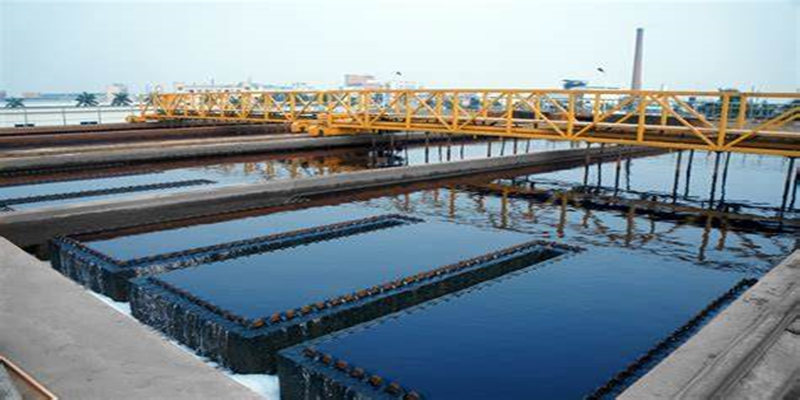
Landfill leachate is a kind of heavily polluted toxic organic wastewater, which poses a serious threat to the ecological environment. Due to the complexity of the composition of landfill leachate, according to different treatment purposes, four types of membranes: microfiltration membrane (MF), ultrafiltration membranes (UF), nanofiltration membranes(NF) and reverse osmosis membranes(RO) have all been used in landfill leachate treatment. MF and UF are generally used as the pretreatment technology of leachate, and NF and RO are mainly used as its advanced treatment technology.
1. Microfiltration (MF)
Microfiltration (MF) is a membrane separation technology with pressure difference as the driving force. The microfiltration membrane is used as the pretreatment process of the reverse osmosis membrane, and the water quality pretreated by the microfiltration membrane is improved to meet the requirement of the reverse osmosis membrane, reducing the pollution of the reverse osmosis membrane and effectively improving the water quality and water production rate of the entire membrane system. Hongtek provides a series of microfiltration products, such as melt blown cartridges, String Wound Cartridges and Pleated Filter Cartridges, that are suitable for pre-filtration of landfill leachate with high removal efficiency and simple operation.
2. Ultrafiltration (UF)
Ultrafiltration(UF) is a membrane separation between microfiltration and nanofiltration, with pressure as the driving force. Ultrafiltration can effectively remove part of the macromolecular substances, colloids and particles in the leachate. In terms of leachate treatment, like microfiltration membranes, it is also usually used as a pretreatment process for nanofiltration or reverse osmosis. In practical applications, suitable Ultrafiltration Membranes and operating conditions should be selected according to the nature of the leachate to be treated and the purpose of treatment, avoiding high energy consumption, serious membrane pollution and unstable filtrate.
3. Nanofiltration (NF)
Nanofiltration(NF) is a special membrane separation technology between ultrafiltration and reverse osmosis. Based on the special separation properties of nanofiltration membrane technology, colloids, organics, inorganics, microorganisms and other pollutants can be efficiently removed in the leachate treatment. Therefore, nanofiltration is generally used as an advanced treatment process in the leachate treatment.
4. Reverse Osmosis (RO)
Reverse osmosis(RO) refers to the permeation in the opposite direction to the natural permeation of the solution, that is, the process of solvent permeation from a high concentration to a low concentration solution. The reverse osmosis membrane can efficiently retain organics, metal salts, colloidal particles and solid particles in the leachate. Many experimental and industrial-scale studies have shown that the reverse osmosis membrane has a removal rate of more than 90% for various pollution in the leachate.
Due to the complex composition of landfill leachate, difficult degradation and large changes in water quality, conventional physical, chemical and biological methods are difficult to meet its treatment requirements, while the membrane separation technology has the advantages of simple equipment, convenient operation, high efficiency and energy saving in the treatment of leachate, so the technology has produced considerable economic and environmental benefits.